Perimeter of Polygons Worksheet 3rd Grade
For third grade students learning about the perimeter of polygons, having engaging and informative worksheets is crucial to reinforce their understanding of this mathematical concept. These worksheets provide a variety of polygon shapes, allowing students to practice calculating the perimeter by adding up the lengths of all sides. With clear instructions and visually appealing designs, these worksheets make learning about the perimeter of polygons an enjoyable experience for young learners.
Table of Images 👆
More 3rd Grade Worksheets
Telling Time Worksheets 3rd GradeTime Worksheets for 3rd Grade
3rd Grade Reading Comprehension Worksheets
Multiplication Worksheets for 3rd Grade
3rd Grade Math Division Worksheets Printable
Short Reading Comprehension Worksheets 3rd Grade
Soil Worksheets for 3rd Grade
Cursive Writing Worksheets for 3rd Grade
3rd Grade Multiplication Properties Worksheet
First Day of School Worksheets 3rd Grade
What is the perimeter of a square with sides measuring 5 cm?
The perimeter of a square with sides measuring 5 cm is 20 cm. This is because the perimeter of a square is calculated by adding up the lengths of all four sides, which in this case would be 5 cm + 5 cm + 5 cm + 5 cm = 20 cm.
Calculate the perimeter of a rectangle with length 8 cm and width 4 cm.
The perimeter of a rectangle can be calculated by adding twice the length to twice the width. In this case, the perimeter of the rectangle with a length of 8 cm and width of 4 cm would be 2(8) + 2(4) = 16 + 8 = 24 cm.
Find the perimeter of a triangle with side lengths 6 cm, 8 cm, and 10 cm.
The perimeter of a triangle with side lengths 6 cm, 8 cm, and 10 cm is 24 cm. This is calculated by adding the lengths of all three sides of the triangle together: 6 + 8 + 10 = 24 cm.
The perimeter of a hexagon with each side measuring 3 cm is?
The perimeter of a hexagon with each side measuring 3 cm would be 18 cm, calculated by multiplying the length of one side (3 cm) by the total number of sides (6) in the hexagon.
A pentagon has sides measuring 4 cm, 5 cm, 6 cm, 7 cm, and 8 cm. What is its perimeter?
The perimeter of the pentagon with sides measuring 4 cm, 5 cm, 6 cm, 7 cm, and 8 cm is 30 cm, which is the sum of all the side lengths (4 + 5 + 6 + 7 + 8).
Calculate the perimeter of a trapezoid with side lengths 3 cm, 5 cm, 7 cm, and 4 cm.
To calculate the perimeter of a trapezoid, you add the lengths of all four sides. In this case, the side lengths are 3 cm, 5 cm, 7 cm, and 4 cm. Therefore, the perimeter of the trapezoid is 3 cm + 5 cm + 7 cm + 4 cm = 19 cm.
Find the perimeter of a parallelogram with base 10 cm and height 6 cm.
To find the perimeter of a parallelogram, you need to add the lengths of all four sides. Since a parallelogram has opposite sides that are equal in length, the perimeter can be calculated by adding the lengths of the base and the two sides. Given the base is 10 cm and the height is 6 cm, the two sides will also be 6 cm each (height is perpendicular to the base). Therefore, the perimeter of this parallelogram is 10 cm + 6 cm + 6 cm + 10 cm = 32 cm.
The perimeter of a regular octagon with each side measuring 2 cm is?
The perimeter of a regular octagon with each side measuring 2 cm is 16 cm. This is because a regular octagon has eight equal sides, so by multiplying the side length by the number of sides (2 cm x 8 sides), we get the total perimeter of 16 cm.
Calculate the perimeter of a rhombus with diagonals measuring 6 cm and 8 cm.
The perimeter of a rhombus can be calculated by multiplying the sum of the lengths of all four sides. Since a rhombus has four equal sides, each measuring half the length of a diagonal, we can calculate the length of a side using the Pythagorean theorem: \( side = \sqrt{\left(\frac{6}{2}\right)^2 + \left(\frac{8}{2}\right)^2} = \sqrt{3^2 + 4^2} = \sqrt{9 + 16} = \sqrt{25} = 5 \) cm. Therefore, the perimeter of the rhombus is \( 4 \times 5 = 20 \) cm.
Find the perimeter of an irregular polygon with sides measuring 3 cm, 4 cm, 5 cm, 6 cm, and 7 cm.
To find the perimeter of the irregular polygon, you need to add the lengths of all the sides together. Therefore, the perimeter of the polygon with sides measuring 3 cm, 4 cm, 5 cm, 6 cm, and 7 cm is 3 + 4 + 5 + 6 + 7 = 25 cm.
Have something to share?
Who is Worksheeto?
At Worksheeto, we are committed to delivering an extensive and varied portfolio of superior quality worksheets, designed to address the educational demands of students, educators, and parents.

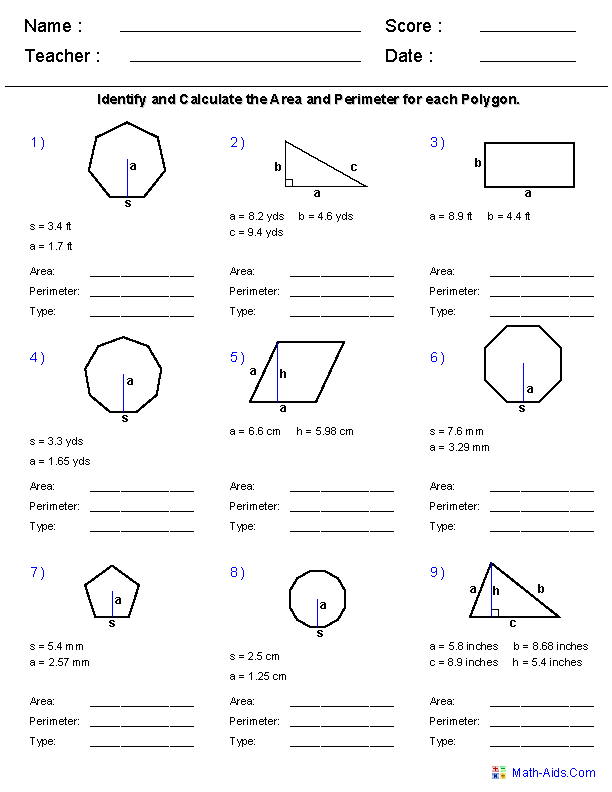



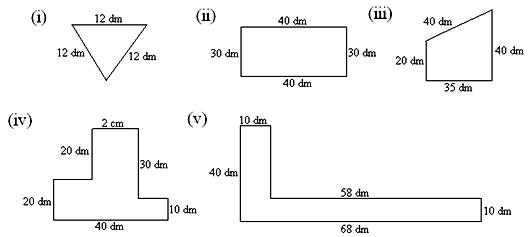
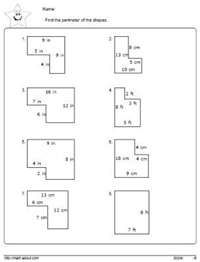
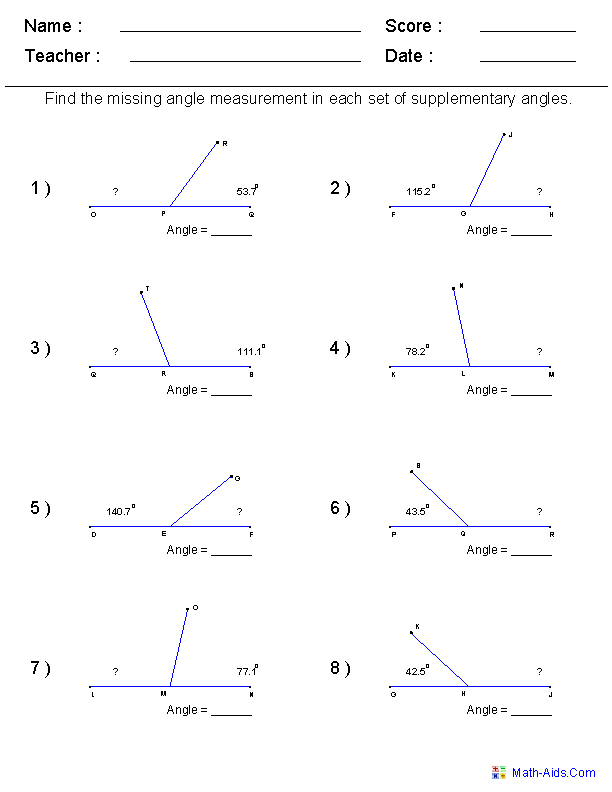
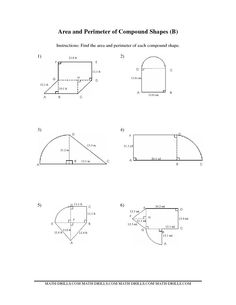
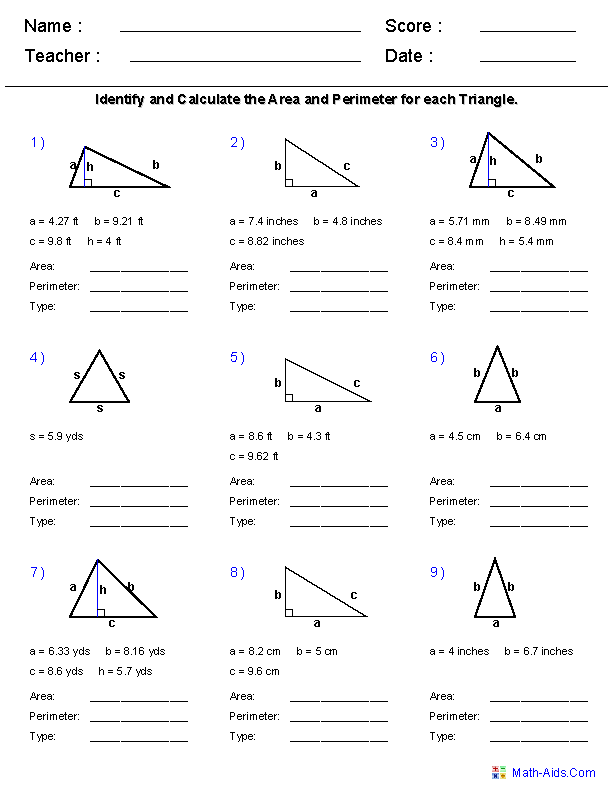
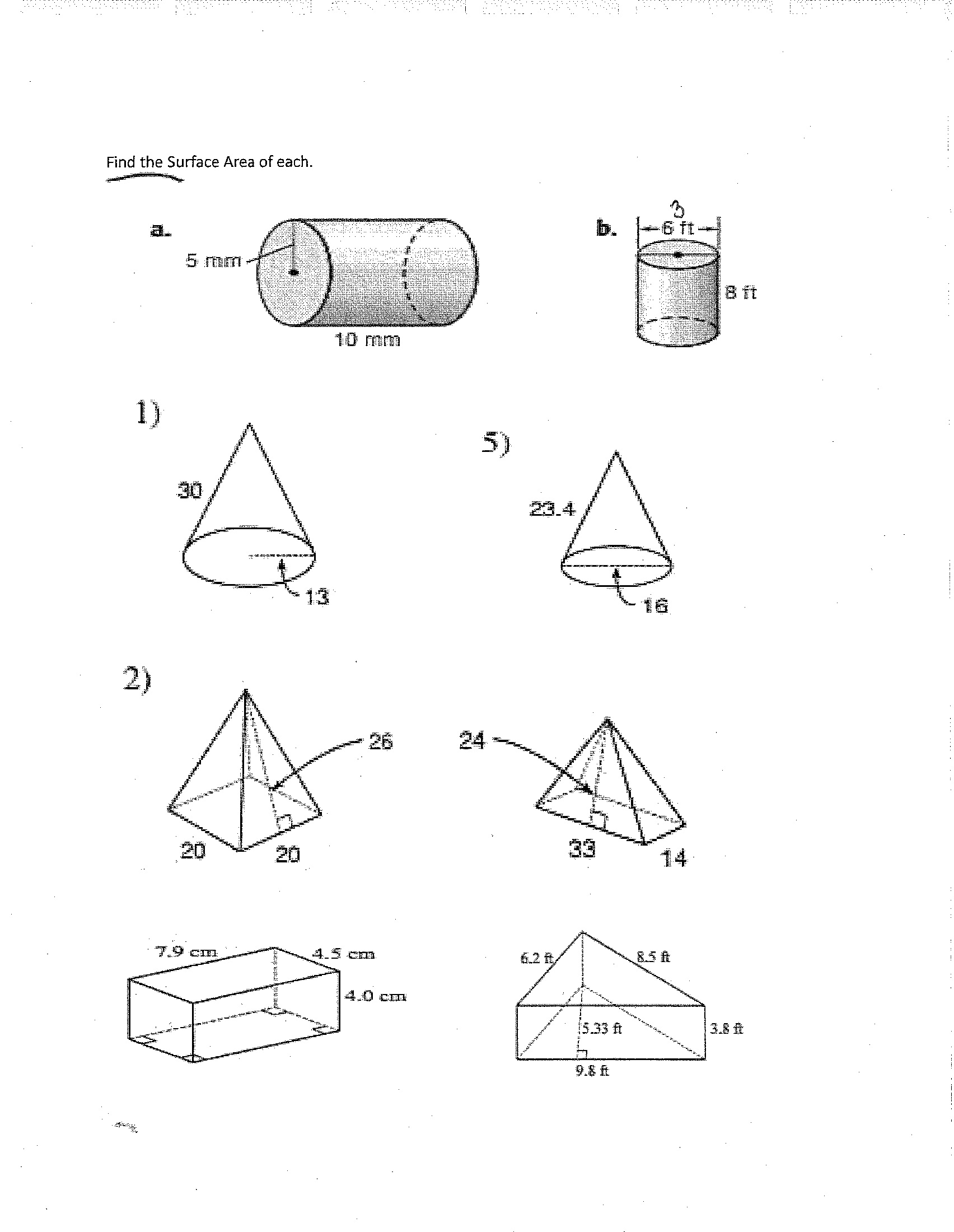














Comments